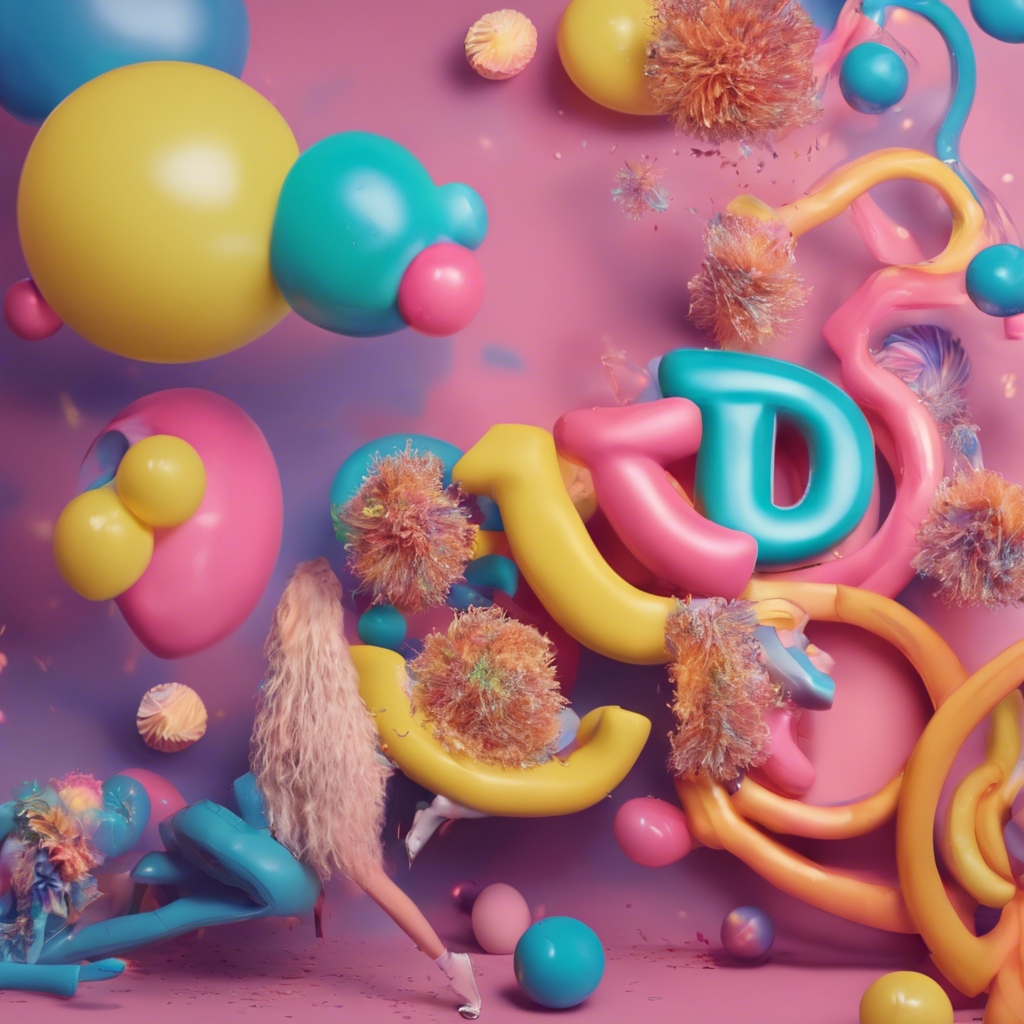What are the 3 types of GIF?
What are the 3 types of GIF?
GIFs, or Graphics Interchange Formats, have become an integral part of our daily communication. They are widely used on social media platforms, messaging apps, and websites to convey emotions, ideas, and information in a visually appealing way. But have you ever wondered what makes these tiny moving images work? In this article, we will explore the three main types of GIFs and how they differ from each other.
1. Static GIFs
The first type of GIF is the most basic one – the Static GIF. As the name suggests, these GIFs do not move. They are essentially images that are saved in the GIF format. The main advantage of using a static GIF over a JPEG or PNG is that GIFs support transparency, which is particularly useful for logos and other images that need a transparent background.
Static GIFs are often used for:
- Branding: Companies use static GIFs to display their logos or taglines.
- Information graphics: Simple charts, graphs, or text-based information can be conveyed effectively through static GIFs.
- Web design: Websites use static GIFs as decorative elements or to explain features in a visually appealing way.
2. Animated GIFs
The second type of GIF is the Animated GIF. This is the type of GIF that we typically associate with the format – a sequence of images that play in a loop. Animated GIFs are created by combining multiple frames, each of which is a separate image. When viewed together, these frames create the illusion of movement.
Animated GIFs are popular for:
- Emotions and reactions: On social media and messaging apps, animated GIFs are used to express emotions or reactions without words.
- Explainer videos: Instead of using a video player, some websites use animated GIFs to explain their products or services.
- Loading indicators: Animated GIFs are often used as loading indicators on websites and apps to show that something is happening while the content loads.
3. Interactive GIFs
The third and perhaps the most advanced type of GIF is the Interactive GIF. These GIFs allow the viewer to interact with them in some way. This can be through clicking on elements within the GIF, dragging and dropping objects, or even using keyboard controls. Interactive GIFs are relatively new and are not as widely used as the other two types, but they offer a unique way to engage the viewer.
Interactive GIFs are used for:
- Engagement: Brands use interactive GIFs to create a memorable experience for their audience.
- Education: Interactive GIFs can be used to teach concepts by allowing the viewer to explore different scenarios.
- Product demos: Companies use interactive GIFs to let potential customers try their products in a virtual environment.
Conclusion
GIFs are not just a fun way to communicate; they are a powerful tool for conveying information and engaging audiences. From the simple static GIF to the interactive GIF, each type has its own unique use cases. As technology advances, we can expect to see even more innovative uses of GIFs in the future. So the next time you share a GIF, take a moment to think about which type it is and why it works so well!
Note: This article has been kept concise for brevity. Each type of GIF could be expanded with more detailed examples and technical explanations to further educate readers on the nuances of GIF creation and usage.
Discover more from EMD
Subscribe to get the latest posts to your email.
